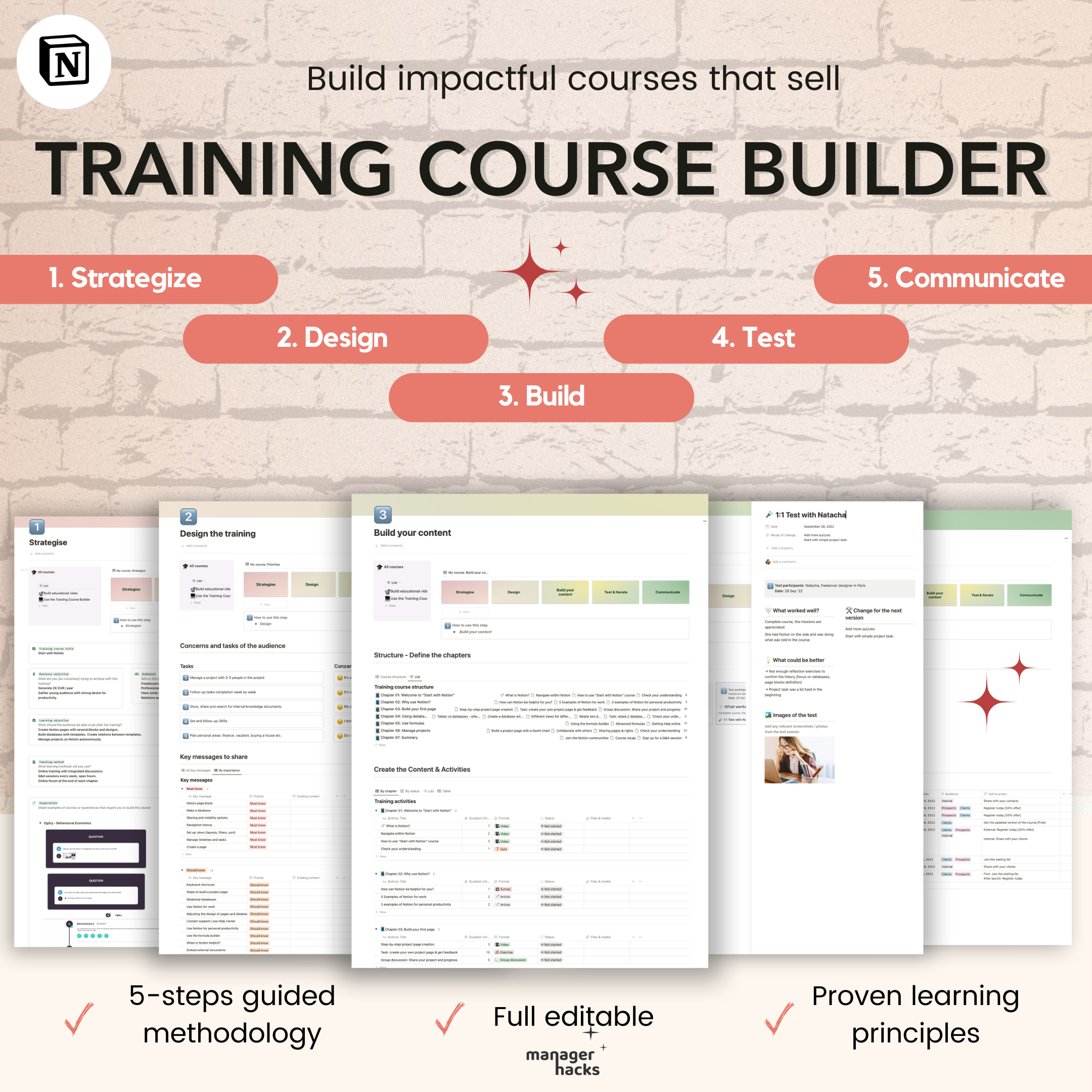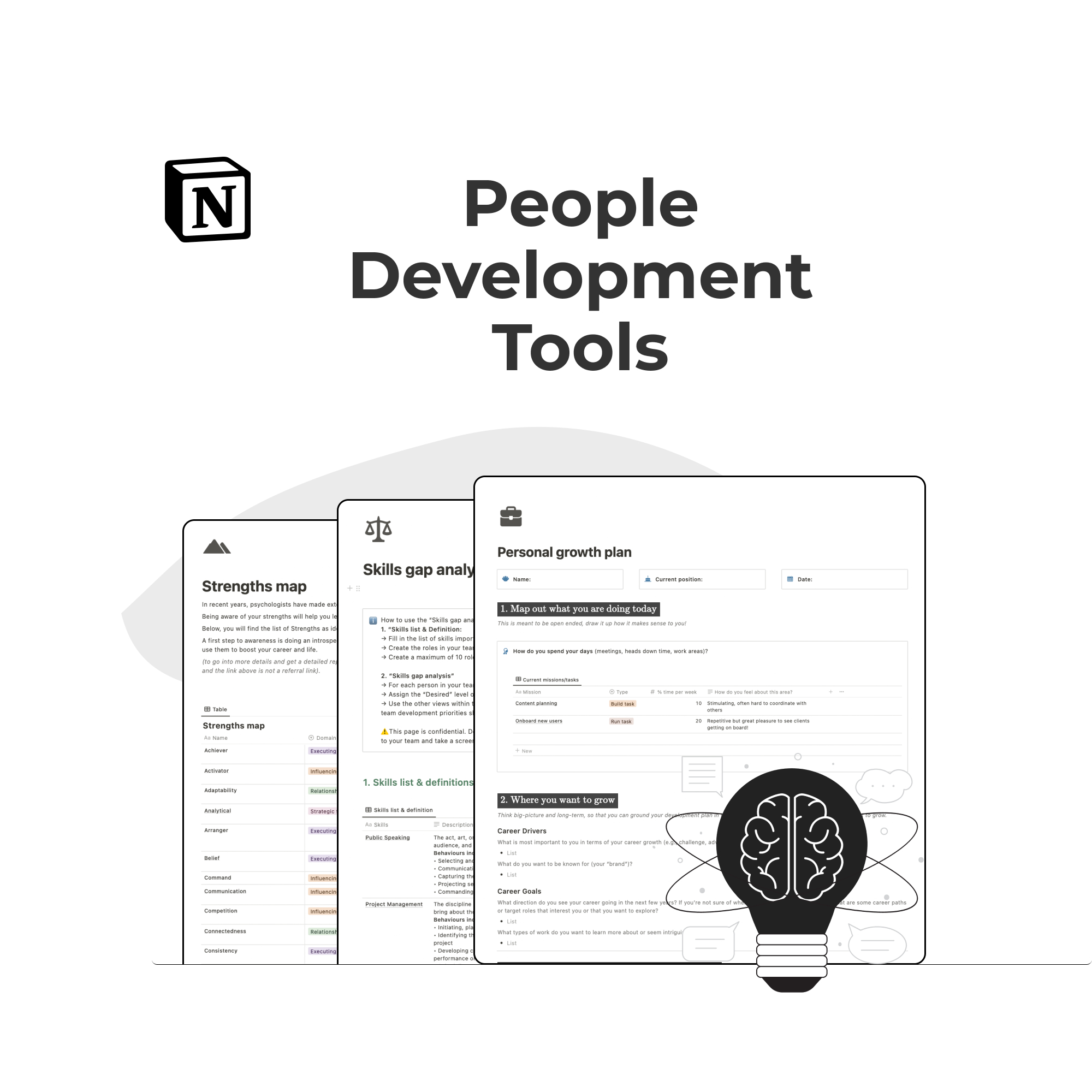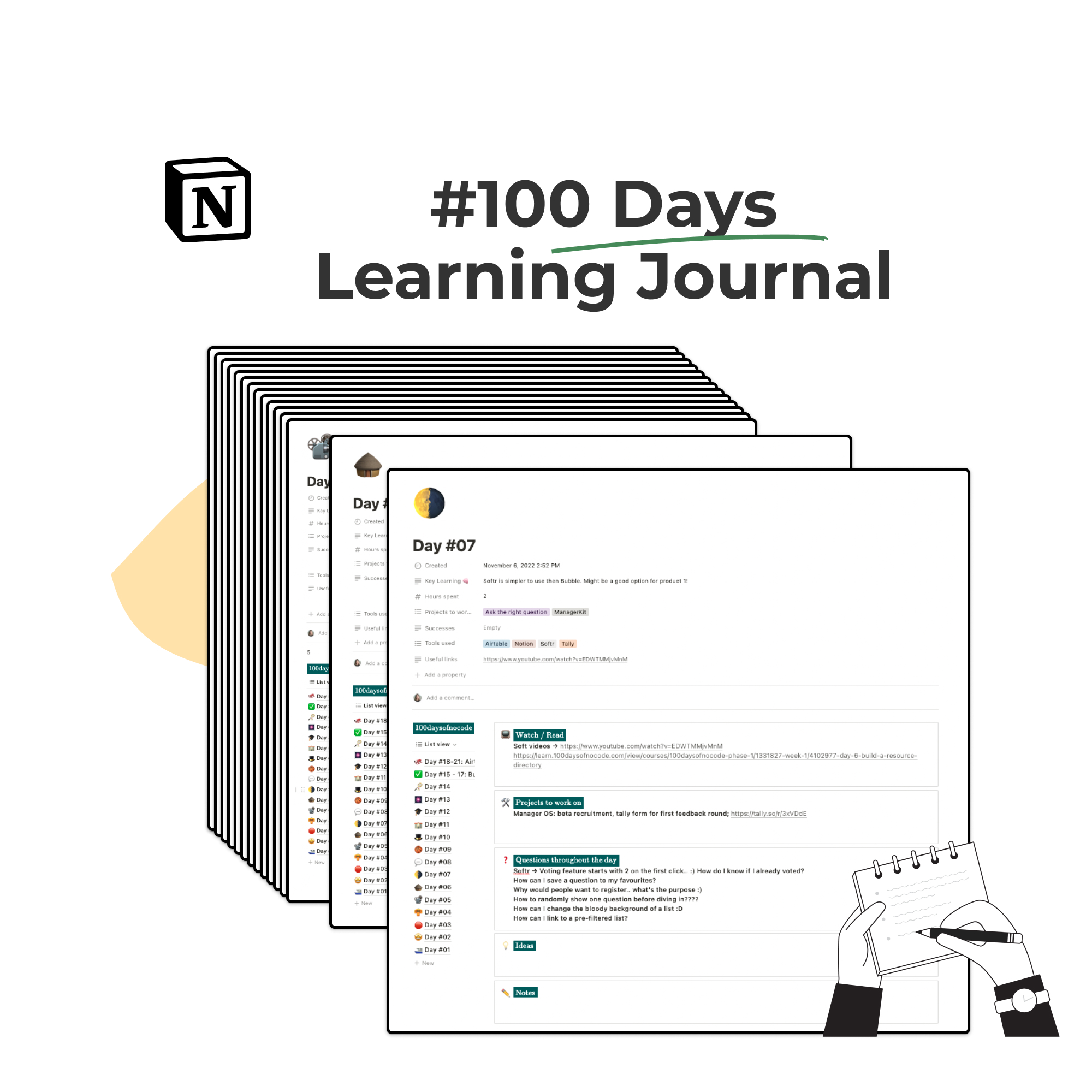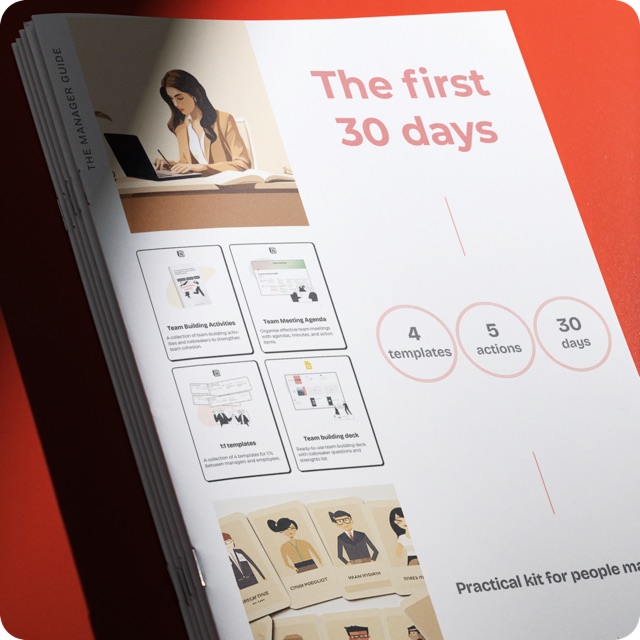Kolb learning cycle
Management Framework
Illustration of Kolb's experiential learning cycle, showing the stages: Concrete Experience, Reflective Observation, Abstract Conceptualization, and Active Experimentation. Describes how people learn through engaging, reflecting, conceptualizing, and applying.

Explained
The cycle has 4 stages that employees continuously move through:
Concrete Experience - A new task is assigned to build a skill ⇒ Involve your team in live, real-world tasks.
Reflective Observation - They consciously reflect on what worked, what didn’t ⇒ Encourage your team to think about what they did and how it went.
Abstract Conceptualisation - They make connections to extract broader theories. ⇒ Help them transform these reflections into a practical checklist or framework.
Active Experimentation - The lessons are applied to the next experience
This cycle of experiencing, reflecting, learning, and trying again allows for rapid behavior change.
Quick tip
Quick Tip
After a new project or task, hold a quick team huddle. Ask each member to share one key takeaway and how they plan to apply it in their next task. This simple exercise embeds learning into everyday work, making the Kolb Cycle a practical tool for continuous team development.





